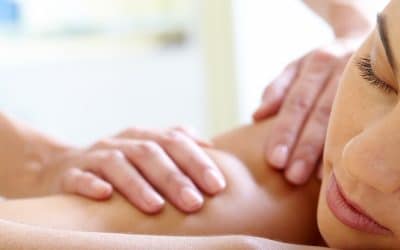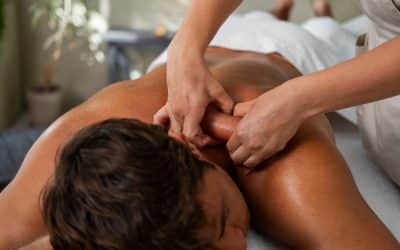Hamstring injuries are prevalent among athletes and individuals engaging in physical activities. Understanding these injuries and the role of sports massage in recovery is crucial for both athletes and non-athletes alike.
Understanding Hamstring Injuries
Causes and Risk Factors
Hamstring injuries commonly occur due to sudden movements or overstretching of the muscles. Factors such as inadequate warm-up, muscle imbalances, and fatigue contribute to the risk of injury.
Symptoms
Symptoms of a hamstring injury include sudden pain in the back of the thigh, swelling, bruising, and difficulty in walking or bending the knee.
Diagnosis
Diagnosing a hamstring injury typically involves a physical examination, medical history review, and imaging tests such as MRI or ultrasound to assess the extent of the injury.
Treatment
Treatment for hamstring injuries may include rest, ice therapy, compression, elevation (RICE protocol), physical therapy, and in severe cases, surgery may be required.
How Sports Massage Helps
Benefits
Sports massage aids in relieving muscle tension, improving blood circulation, reducing inflammation, and promoting tissue healing, thus facilitating faster recovery from hamstring injuries.
Techniques
Techniques such as effleurage, petrissage, and deep tissue massage are commonly used in sports massage therapy to target specific muscle groups and alleviate tension.
When to Seek Treatment
It’s essential to seek treatment promptly after a hamstring injury to prevent further complications and expedite the healing process. Sports massage can be initiated once the acute phase has passed.
Prevention Strategies
Preventing hamstring injuries involves maintaining flexibility, strengthening the muscles through targeted exercises, proper warm-up before physical activity, and incorporating regular sports massage into the routine.
FAQs
What are common causes of hamstring injuries?
Hamstring injuries often result from sudden movements, inadequate warm-up, muscle weakness, and fatigue.
How can sports massage help in recovering from hamstring injuries?
Sports massage aids in reducing muscle tension, improving blood flow, and promoting tissue healing, facilitating faster recovery.
Is sports massage suitable for everyone with hamstring injuries?
While sports massage is generally beneficial, individuals with severe injuries or certain medical conditions should consult a healthcare professional before undergoing massage therapy.
How often should one get a sports massage for hamstring injuries?
The frequency of sports massage sessions depends on the severity of the injury and individual needs. A qualified massage therapist can recommend an appropriate treatment plan.
Can sports massage prevent hamstring injuries?
Regular sports massage, coupled with proper warm-up and muscle conditioning, can help reduce the risk of hamstring injuries by improving muscle flexibility and overall tissue health.
Are there any risks associated with sports massage for hamstring injuries?
When performed by a qualified therapist, sports massage is generally safe. However, individuals with certain medical conditions or severe injuries should seek medical advice before undergoing massage therapy.
Conclusion
Understanding hamstring injuries and the role of sports massage in recovery is essential for athletes and individuals engaged in physical activities. By implementing preventive measures and seeking timely treatment, one can minimise the risk of hamstring injuries and enhance overall physical well-being.







